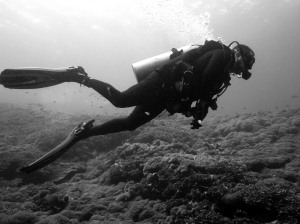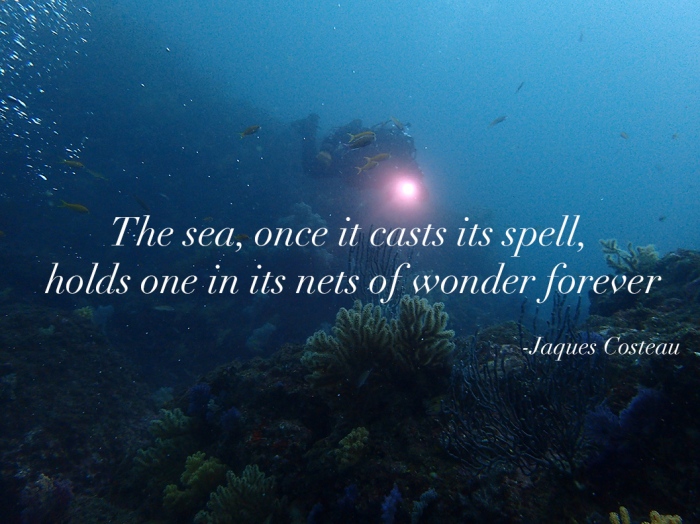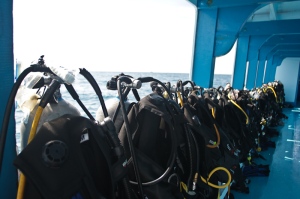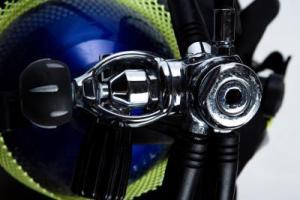 I admit it, I love diving gear! I like the smell of neoprene and yes, I have a collection of cool diving accessories that I am not even sure I will ever use. I am a man! And we men have a genetically coded attraction to cool gear.
I admit it, I love diving gear! I like the smell of neoprene and yes, I have a collection of cool diving accessories that I am not even sure I will ever use. I am a man! And we men have a genetically coded attraction to cool gear.
One of the attractive features of diving (certainly not the only one) is that it is a “gear intensive” sport. After all, the difference with many other sports when it comes to equipment is that diving gear is not only is super cool, but it is also a life supporting system.
Then, there is the challenge. Water is an unwelcoming environment for humans, an before you can explore its marvels you have to prove yourself worthy of it. You have to get certified, then learn the ropes by adding experience and more training one step at the time.
You have to always be attentive and humble enough to learn from every experience, to ask questions and let more experienced divers show you the road to a safer and more satisfying diving adventure. And for Pete’s sake, keep and updated diving log! It will prove and invaluable source of wisdom and good memories as you progress in your diving journey.
Discovering new places is also part of the adventure. More often than not, diving will take you to the most amazing places in the world. Whether it is your local diving spot 30 minutes away from home or across the world, there is beauty in every place if you know how to look for it. Keep your eyes and mind open, try new things, taste new foods and always ask for the local drink. It is all part of the adventure.
But the real magic, the things that keep me coming back for more happen underwater. Once you take the plunge (in this case quite literally) and this alien World unveils those marvelous things that only the ones brave enough to become divers can see is when it hits me, every time: Man, I am underwater, and breathing! How cool is that!
The feeling of weightlessness while wonderful creatures swim around you, the sense of harmony and peace that gliding through the water and the impression of flying gives always awes me.
The best diving memories I have are those of just being there…. Enjoying the beautiful natural environment full adventure, colors, discovery and friends some old, some new. Being together with other people who enjoy the underwater adventure, that like to brag about their diving exploits (yes, we all do it, come on admit it) and respect the environment adds a whole new dimension to this sport we call diving.
And that is why you always see me planning my next diving adventure, whether it will be in 2 weeks or 6 months. Because I am always longing for that time when I get to pack my heavy, heavy diving gear and drag it around for the next adventure.
-Stein

 The ability to communicate is one of the main traits of the “dominant species” in this planet (whoever coined that term I am sure he did not dive!). Communicating with other people, is very important, but doing it underwater is crucial.
The ability to communicate is one of the main traits of the “dominant species” in this planet (whoever coined that term I am sure he did not dive!). Communicating with other people, is very important, but doing it underwater is crucial. One of the reasons people get into diving is because diving is a gear intensive activity. We love our gear!!! We talk about it, compare it and show it off (yes, we do, don’t give that innocent look). That is why when getting ready for a dive, one of the most important activities is the preparation of our gear.
One of the reasons people get into diving is because diving is a gear intensive activity. We love our gear!!! We talk about it, compare it and show it off (yes, we do, don’t give that innocent look). That is why when getting ready for a dive, one of the most important activities is the preparation of our gear.